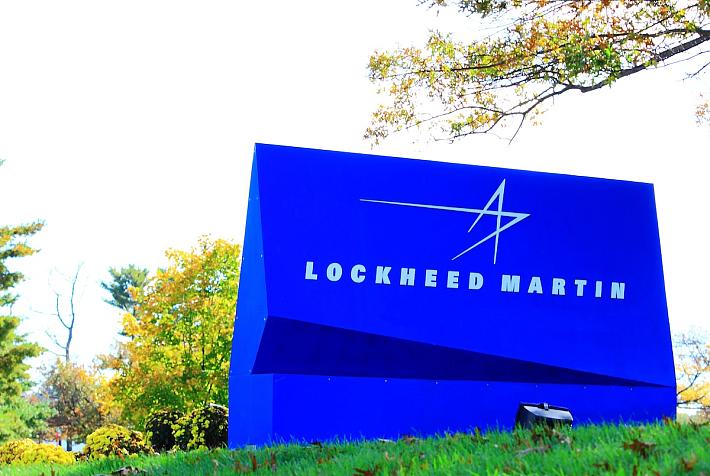(P) Why personality is important in leadership

Who you are (personality) determines how you lead. Personality should be defined in two ways: identity and repu¬tation. Identity is personality from the inside – how you see yourself. Repu¬tation is personality from the outside – how others see you.
Hogan assesses reputation from two perspectives.
Bright-side, or normal personality describes people when they are at their best. Bright-side personality is measured by the Hogan Personality Inventory (HPI) and predicts leadership performance across all organizational levels and industry sectors.
Dark-side personality describes people when they are stressed, bored, or simply not paying enough attention to their behavior. Measured by the Hogan Development Survey (HDS), this behavior alienates subordinates and prevents managers from being able to build an effective team.
It’s also important to understand what drives leaders’ behavior.
Values, measured by the Motives, Values, Preferences Inventory (MVPI), are the motives, interests, and beliefs that determine people’s choices and play an important role in predicting leadership style. Reputation describes how a person is likely to lead; values describe why they are likely to lead that way.
Leadership Matters
Personality predicts leadership style. Leadership style, in turn, directly impacts employee engagement. Good leadership creates engaged employ¬ees; bad leadership leaves employees alienated and demoralized.
Engaged employees are energized, proud, enthusiastic, and have positive attitudes at work. Companies whose employees are engaged show higher returns on assets, are more profitable, and yield nearly twice the value to their shareholders compared to com¬panies characterized by low employee engagement. Disengagement, on the other hand, results in an estimated $300 billion loss in productivity in the U.S. each year.
Organizational Effectiveness
Organizational effectiveness is an organic part of any discussion of leadership when leadership is seen as a collective phenomenon, a resource for the performance of a group. Organizational effectiveness can be conceptualized in terms of five components:
1. Talented personnel
2. Motivated/engaged personnel
3. A talented management team
4. An effective strategy
5. Monitoring systems that will allow senior leadership to keep track of the talent and motivational level of the staff, the performance of the management group, and the effectiveness of the business strategy.
It is the responsibility of the senior leadership in an organization to put these five components in place. Ultimately, then, good leadership is the key to organizational effectiveness.
The bottom line? Leadership creates engagement; higher employee engagement equals better organizational performance, and lower employee engagement equals worse organizational performance.
The article was offered by HART Consulting and Hogan Assessment Systems. HART Consulting is on the local market since 2006, offering consulting services in areas such as: selection (ROI, internal benchmark studies, personality and abilities assessments), assessment and development programs for individuals and teams (Hogan Assessments, 360 feedback, A & D centers), organizational surveys, coaching, HR seminars. We are part of international networks Hogan Assessment Systems and CCi Surveys International and authorized distributor for Romania and Republic of Moldova for these diagnostic tools.
Contact: consulting@hart.ro, +40 21.310.54.57 / 59
(p) - this article is an advertorial













